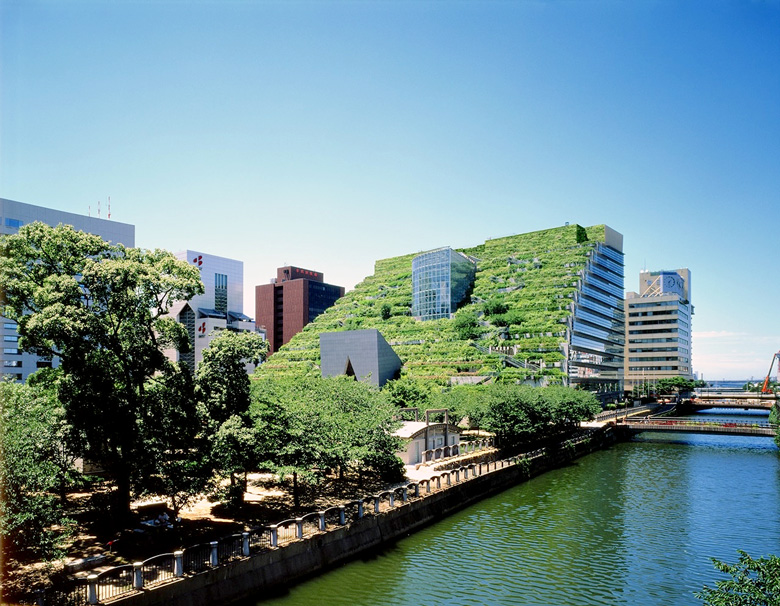Emilio Ambasz at MoMA, New York
MoMA‘s recent “Emerging Ecologies” exhibition explores the evolution of environmental architecture. Never before have we seen so much interest in the interrelation between Architecture and nature.
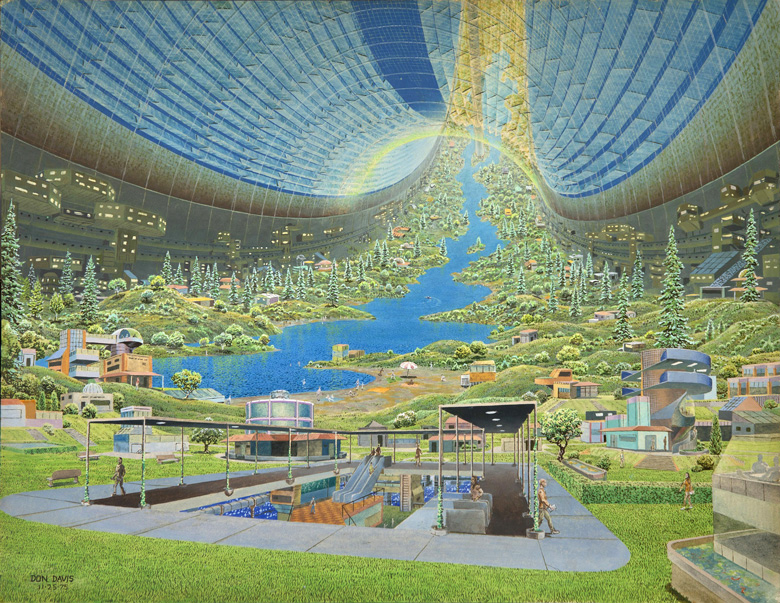
This is a topic that interests us a lot and we have explored it extensively in numerous NEOMANIA articles. We have spent years researching architects in love with nature, such as Bjarke Ingels, Moshe Shafdie, Francis Keré…
Like them, we are also deeply interested on Mother earth and its relation with architecture. If you are interested in this fascinating fusion, you can search our past articles in the section titled Nature. You will discover projects that merge constructions and the environment with surprising results such as: Forest City, We Town, Floating homes, Underwater hotels, Floating schools, IKB Lab, Teo Jansen…
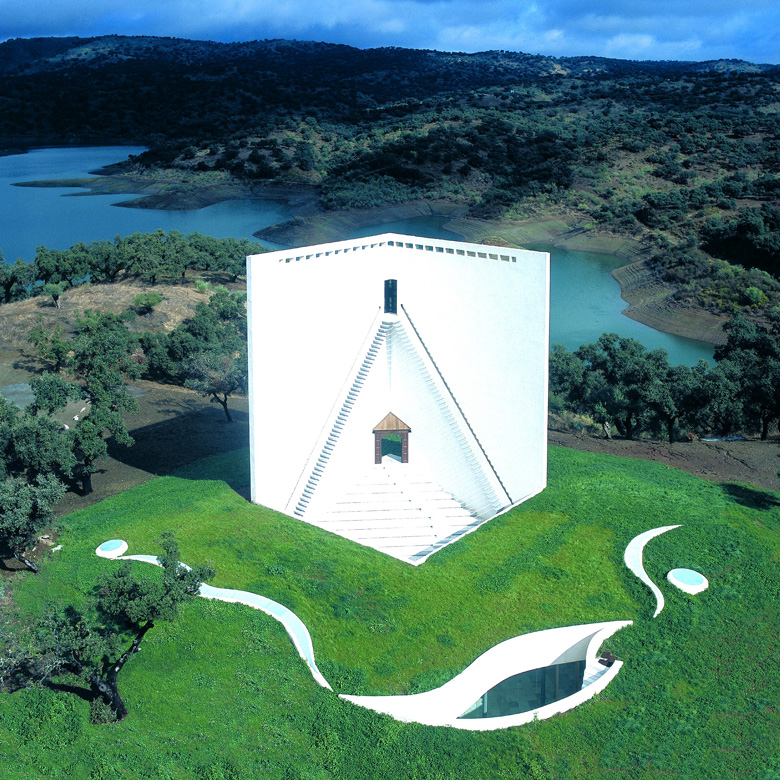
An exhibition on Architecture, Environment and Ecology
The Museum of Modern Art in New York begins 2024 with an exhibition focused on the first projects that address ecological and environmental concerns, both realised and not built.
It includes creations by architects who worked primarily in the United States from the 1930s to 1990. The exhibition is titled “Emerging Ecologies: Architecture and the Rise of Environmentalism.” It opened in September 2023 and ends at the end of January 2024.

The most 150 works on display reveal the emergence of the environmental movement through architectural practice and thought.
The Argentine Emilio Ambasz was one of the pioneers in exploring the aesthetic dimensions of ecological architecture. His projects combine natural forms with conventional design, offering innovative approaches that harmonise architecture and nature to create a new ecological living experience.
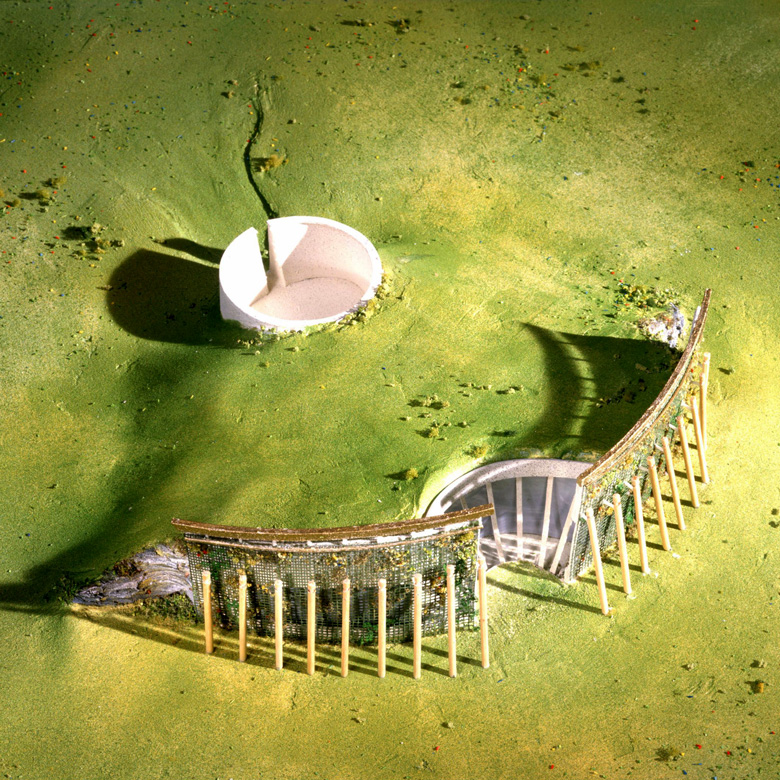
Pioneer Architects: Wright, Ambasz, Eames and Wines
The complex relationship between the natural environment and built creations became an important topic since 1930. Some architects were ahead of their time, such as Frank Lloyd Wright, Emilio Ambasz, Ray Eames and James Wines. They explored this new interest by creating innovative and daring architectural projects.
They prefigured and anticipated the ecological effects of overpopulation, the depletion of natural resources and the effects of pollution.
The exhibition projects are divided into five thematic groups: environment as information, environmental enclosures, multi- species design, counterculture experiments and green poetics.
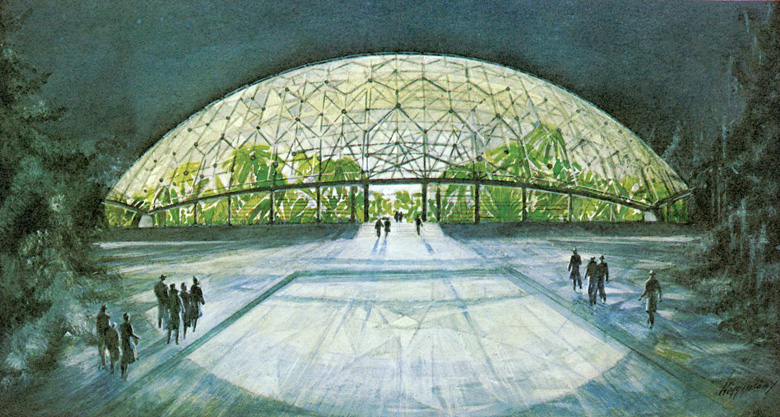
Ecological Thinking
During the beginning of so-called Environmentalism, architects played an important role in the development of metrics and analytical instruments. They tried to understand and monitor the environment, transforming it into an element to work with through design.
In 1967, Buckminster Fuller conceptualised the World Game, a computerised system designed to illustrate the flow of essential natural resources, such as cotton, gold, coal, and timber. Its objective was to make environmental management more visible to the population.
Also on display are computer-generated prints from the early 1970s by Beverly Willis in the “Environment as Information” section. Drainage maps, geology, and soil data derived from Willis‘s innovative computerised approach to land analysis and residential displays.
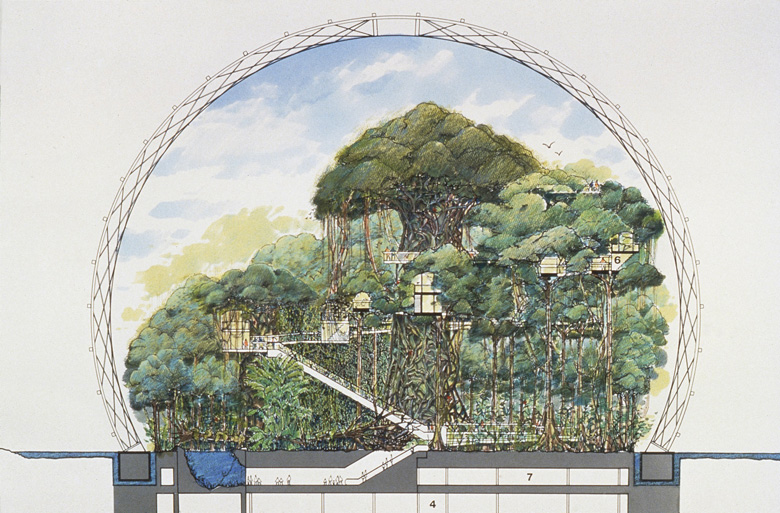
Space Settlements
The section “Environmental enclosures” presents projects that attempted to create their own ecosystems. Among these early works were a series of hand-painted illustrations by NASA titled “Space Settlements: A Design Study.”
This project, conceived in 1975, aimed to conserve Earth’s resources by imagining a self-sustaining closed ecosystem in outer space. Contains a collection of studies, diagrams, resource flow analysis and evocative images.
The exhibition at MoMA is curated by Carson Chan, Director of the Emilio Ambasz Institute for the Joint Study of the Built and Natural Environment, with the collaboration of Matthew Wagstaffe and Dewi Tan as Research Assistants and Eva Lavranou.
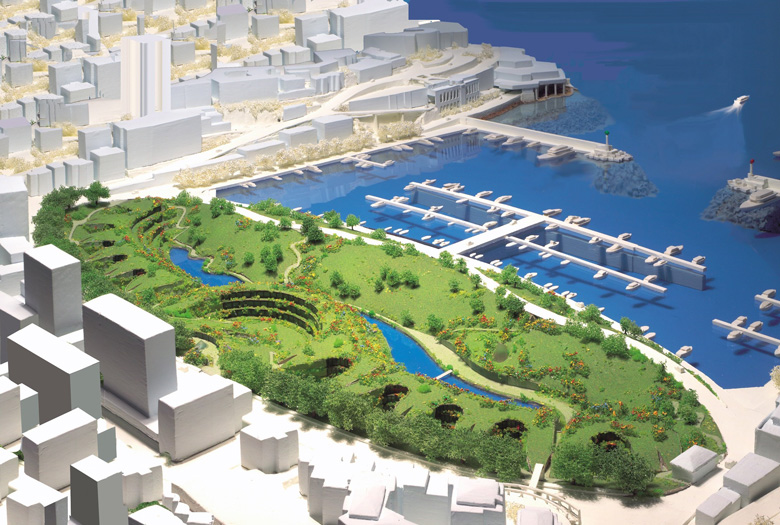
Green Architecture
Ambasz studied at Princeton University and was Head of the Department of Architecture and Design at the Museum of Modern Art in New York (1969-76). There he directed exhibitions on architecture and industrial design, including: Italy, The New Domestic Landscape (1972), Architecture by Luis Barragan Architecture (1974) and The Taxi Project (1976).
His signature style is a combination of buildings and gardens, which he describes as “green on grey.” He resisted the trends of the 1970s by covering his buildings with plants.
The Emilio Ambasz Prize for Green Architecture is awarded each year by Architecture Quarterly magazine.
Ambasz was President of the League of Architects for two terms (1981-85). He taught as Preceptor of Architecture at Princeton University School of Architecture and was a professor at Hochschule für Gestaltung in Ulm, Germany.
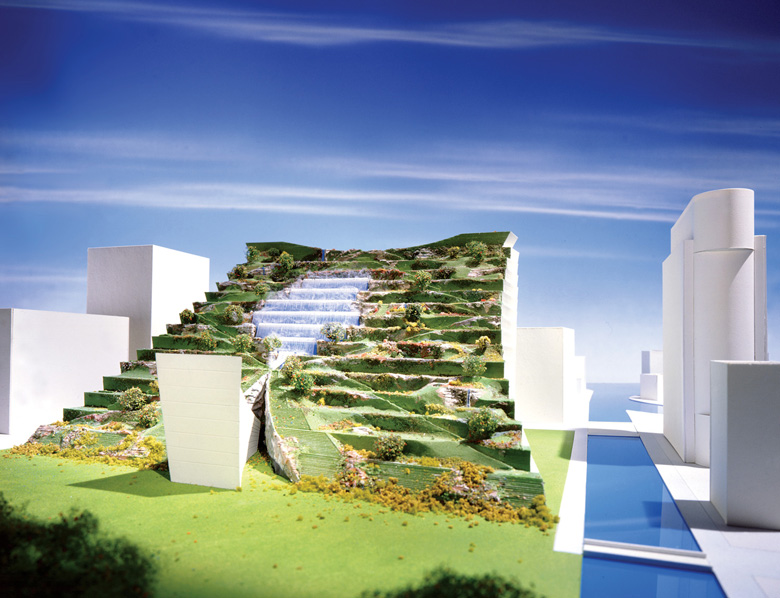
Since 1980, Ambasz has been the chief design consultant at Cummins Engin. He holds patents for industrial and mechanical design and his Vertebra chair is included in the permanent collections of the MoMA and Metropolitan Museums, both in New York. The MoMA has also included his 3D-Geigy Graphics Poster and his flashlight in its collection.
In 2011 his architectural, industrial and graphic design works were exhibited at the Reina Sofía Museum in Madrid, in an extensive retrospective. In 2017, Lars Mueller Publisher presented the book Emerging Nature in English on the occasion of this exhibition.
The American Institute of Architects (AIA) admitted him in 2007 as an Honorary Fellow in recognition of his distinguished achievements. He is also an International Honorary Member of the Royal Institute of British Architects.
Ambasz earned the Medal of Science (2014) awarded by the Institute for Advanced Studies of the University of Bologna in Italy and was the first winner of the Terra Madre Prize.
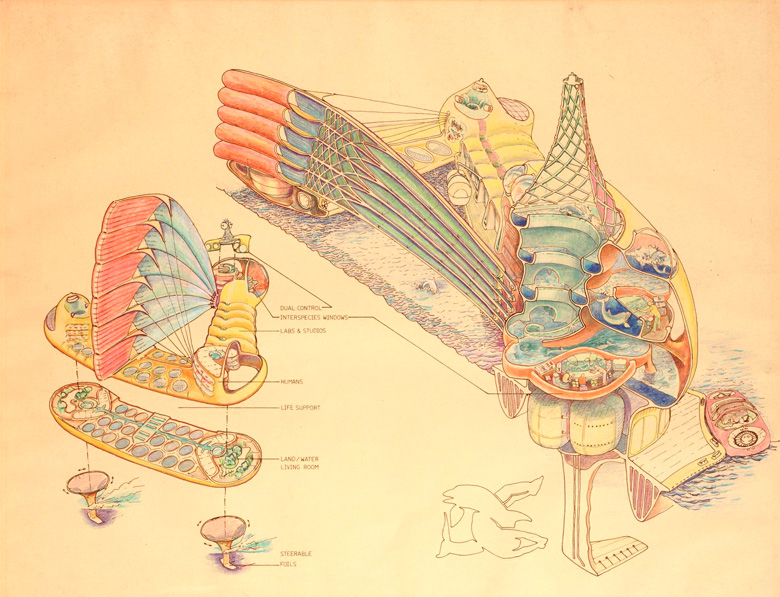
Intelligent Ecosystems
The Emerging Ecologies exhibition highlights several countercultural architectural experiments that strove to challenge the American consumerist lifestyle.
It also shows collective projects where inhabitants can generate their own energy and food with sustainable structures designed to develop self-sufficient ecosystems.
The Ant Farm Dolphin Embassy Project expanded on this countercultural ethic, imagining a multi-species society, inspired by advances in dolphin research (1975).
Ambasz is the author of several books on architecture and design, among them “Natural Architecture, Artificial Design” (Editorial Electa, 2001).
“I hate writing theories. “I prefer to write fables.”
